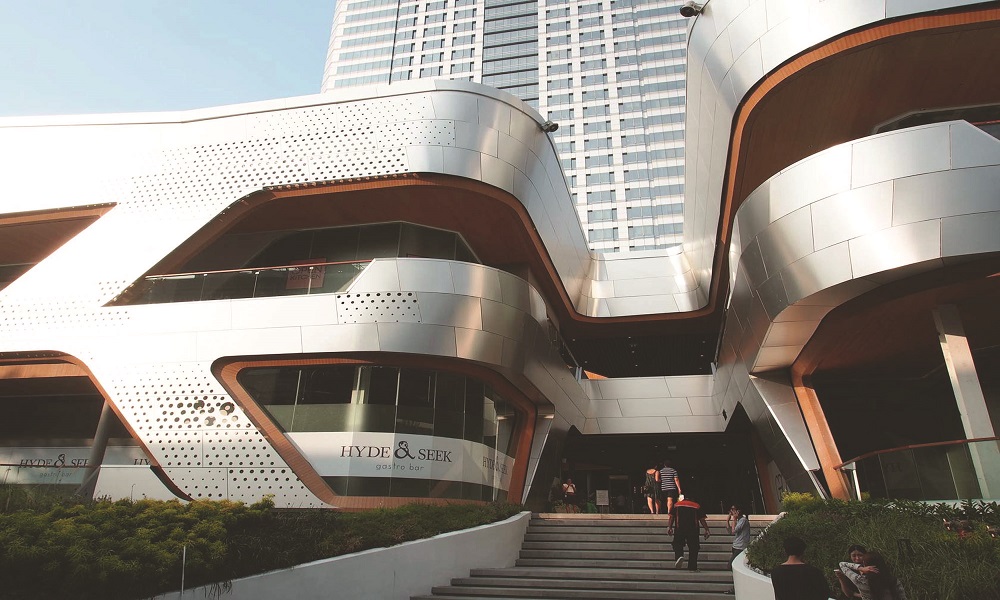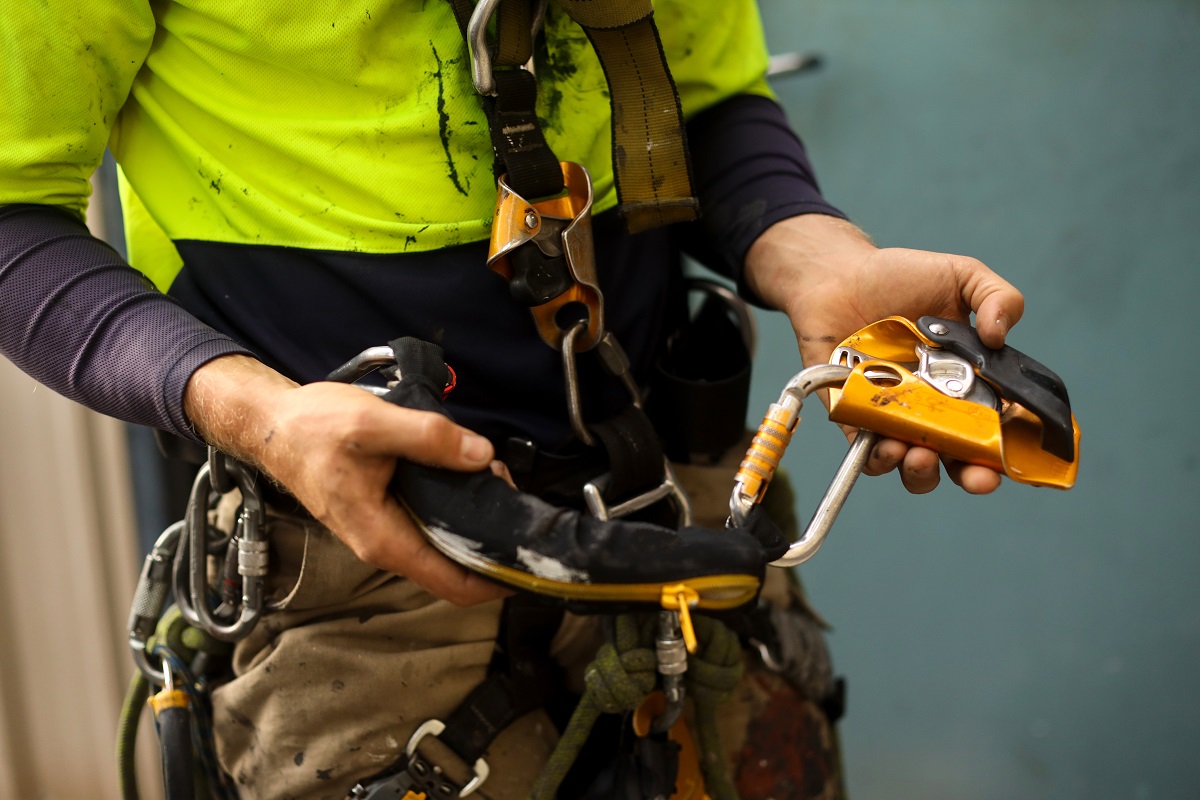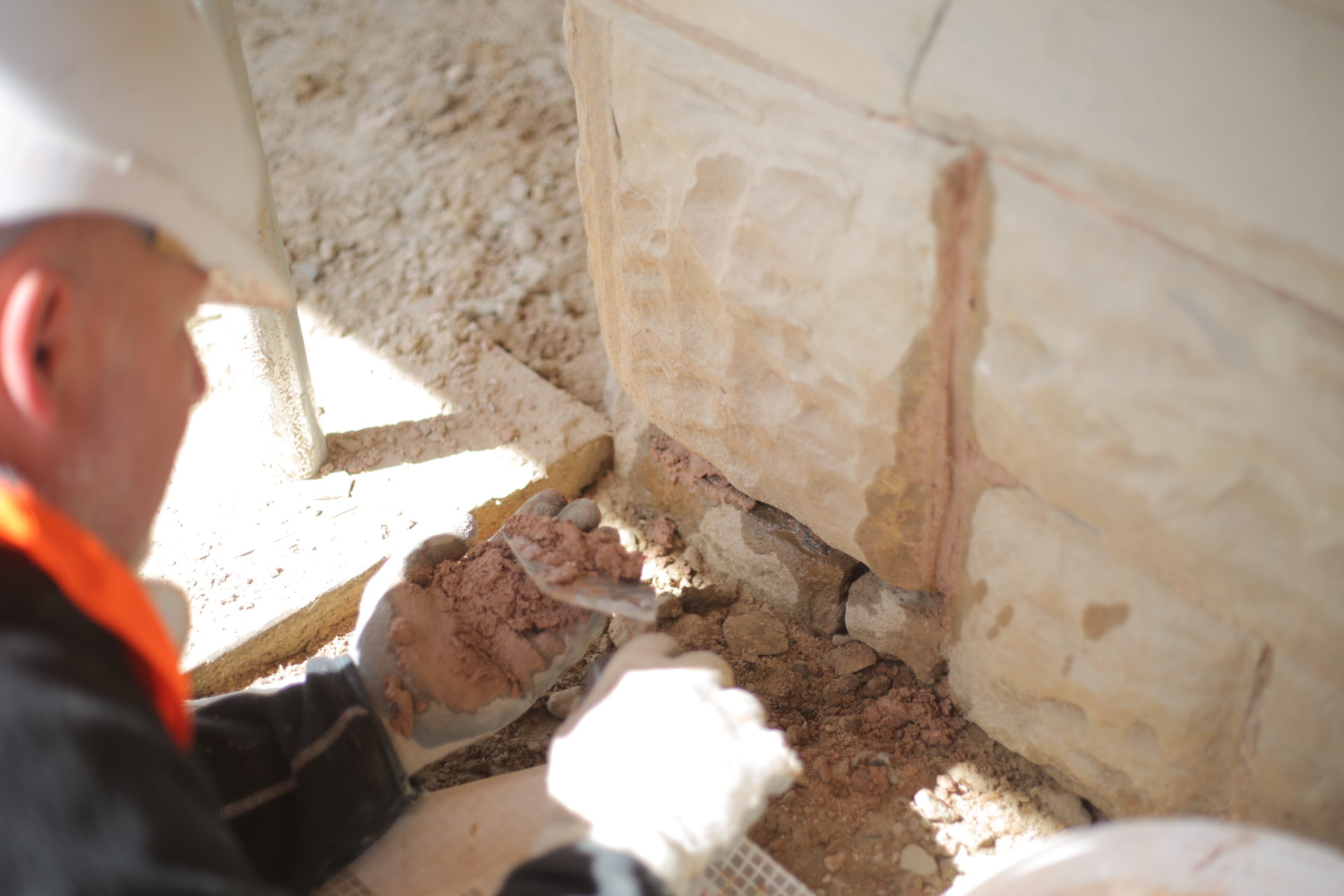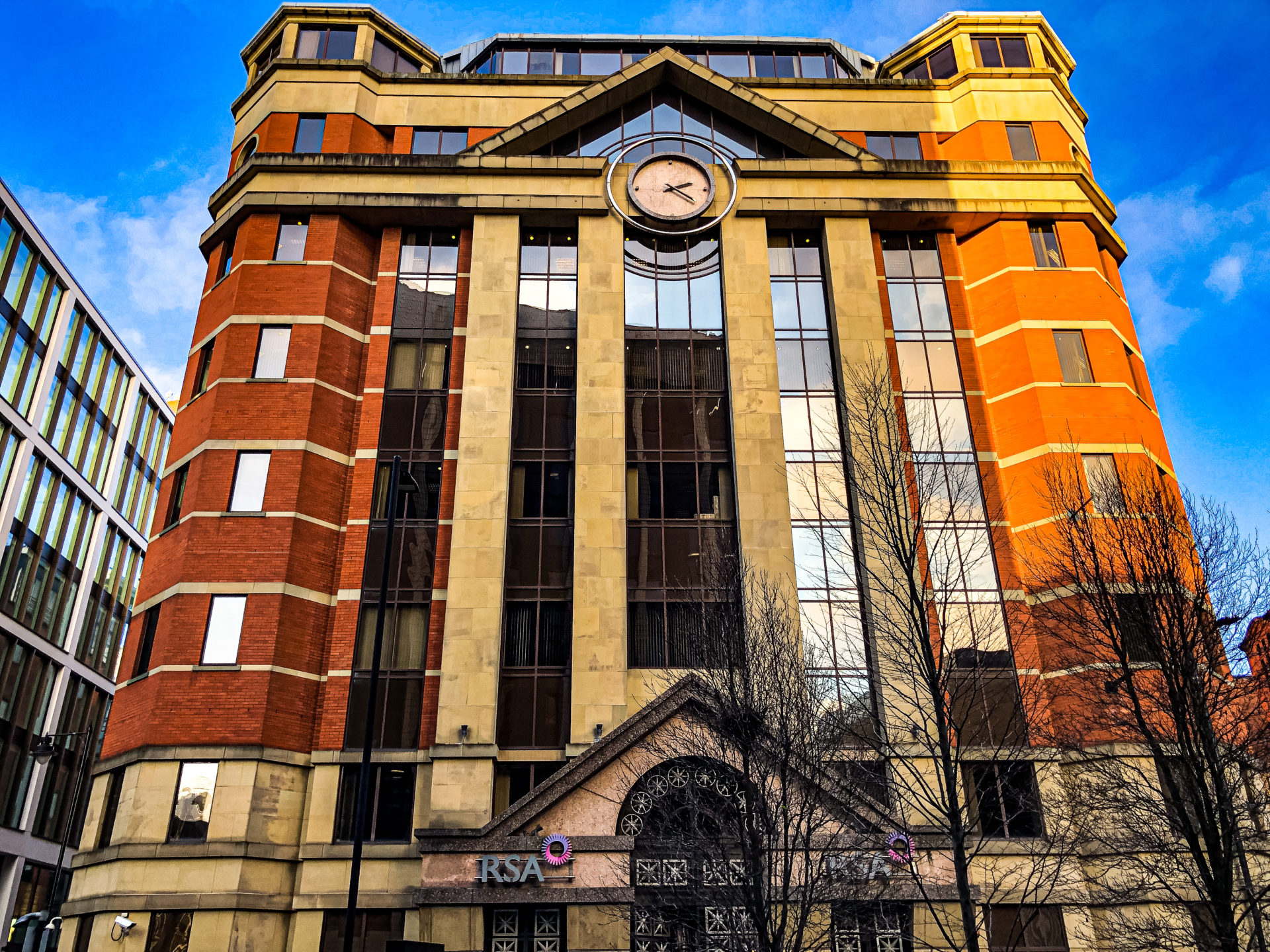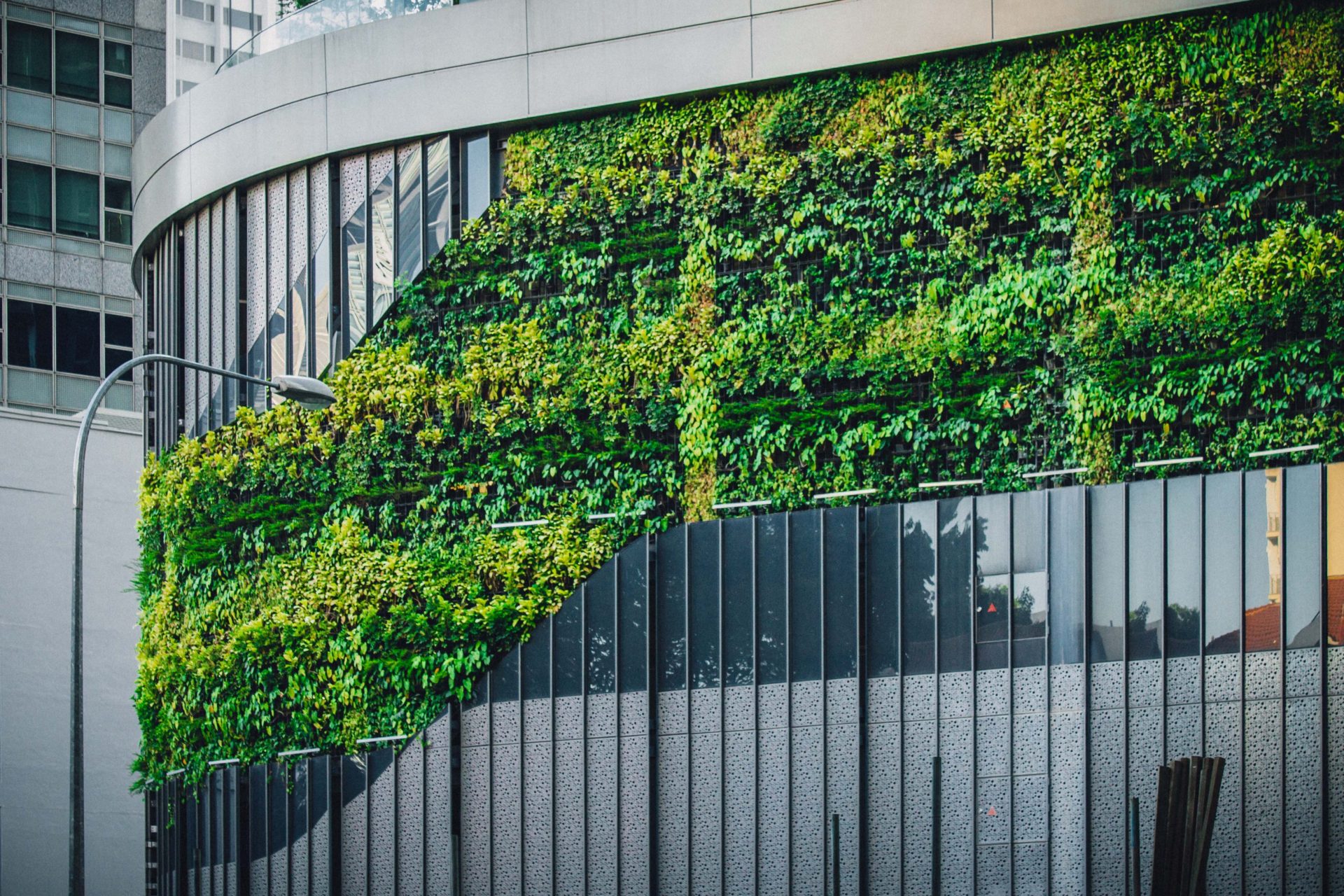Our urban space is key to our well-being and our buildings are important aspects in our battle to achieve and maintain this.
Throughout the world carefully designed buildings have been instrumental in revitalising areas of large cities, commercially and aesthetically and perhaps more importantly improving our quality of life.
Chicago may be the infamous city of mobsters and bootleg but it has led the way in many fields, not least architecture.
One of its landmark buildings is the award-winning Aqua which combines office space, hotel rooms and rental residential units plus private condominiums and penthouses.
The 82-storey mixed-use residential skyscraper includes five levels of parking below ground. And the building’s 80-storey base is topped by a terrace with gardens, gazebos, pools, hot tubs, a walking/running track and a fire pit.
To capture views of nearby landmarks for Aqua’s residents, its balconies were stretched outward by as much as 12ft. The result is a building composed of irregularly shaped concrete floor slabs which lend the facade an undulating, sculptural quality.
Sustainability was a key factor in Aqua’s design. The architects refined the terrace extensions to maximise solar shading, and other sustainable features include rainwater collection systems and energy-efficient lighting. The green roof on top of the tower base is one of the largest in Chicago.
It sits cheek by jowl with other skycrapers in downtown Chicago and has been instrumental in revitalising this area commercially and domestically.
During the 19th Century the port of London was the busiest in the world and its surrounding docks were home to many industries using imported goods. There was also high density and poor quality housing. In the 1950s ships become bigger and were unable to reach the docks.
By the 1970s, the area became derelict, with few jobs, few services and poor living conditions. Many people forced to leave area to look for work and a better quality of life.
In 1981, the London Docklands Development Corporation (LDDC) was set up to try to improve social, environmental and economic conditions of the area. As a result 22,000 new homes were created – many were former warehouses converted to luxury flats – and 10,000 former terraced houses were refurbished.
In 1981 the population was 40,000 but by the millennium that figure had more than doubled.
Several huge new shopping malls, a college and campus for the new University of East London and leisure facilities including a watersports marina and national indoor sports centre were created.
The number of jobs in that period more than trebled from 27,000 to 90,000
Many new firms and financial institutions such as the Stock Exchange, ITV Studios and newspaper offices arrived at its many high-rise office blocks, including Canary Wharf.
In short the area was revitalised. It was no longer the traditional working class docklands area (which didn’t sit well with everyone) but instead a new vibrant, upmarket commercial and residential block. The old community was no more but a new one had formed with new values and ambitions. To an extent it was created by sacrificing tradition in favour of ambition but to economic planners’ minds in the 1980s it was a dying area and drastic action was required to ensure progress.
Across the Atlantic another waterfront destination also required major surgery. Brooklyn Bridge Park is one of the most ambitious and significant park projects to be created in New York since Central Park. Michael Van Valkenburgh has transformed this spectacularly sited but long-defunct series of shipping piers into a collection of diverse spaces that promote both leisure and active recreation. Set against the backdrop of one of the world’s most iconic views, both residents and visitors alike, year-round, from early morning to late into the evening, can now access and enjoy this critical section of New York City’s waterfront.
Our identity is influenced by the wider place in which we live – our community.
Successful designs need to look beyond the style of each individual house or office block to the underlying urban design principles that hold the development together – the green spaces, the streets and the mix of uses.
Collectively these are the fibre of our identity – where we live and where we’re from. And they shape the kind of people we become.


